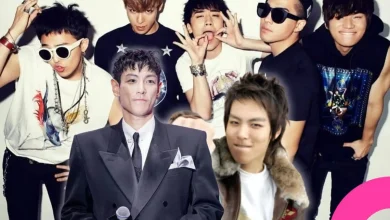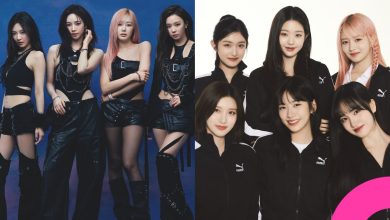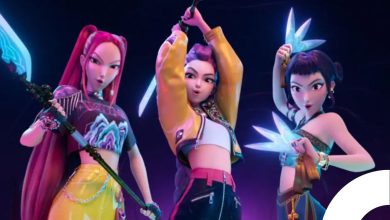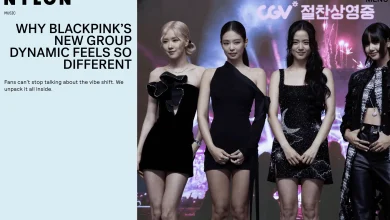The Global Surge of K-Content: The Secrets Behind K-Pop: Demon Hunters and Squid Game
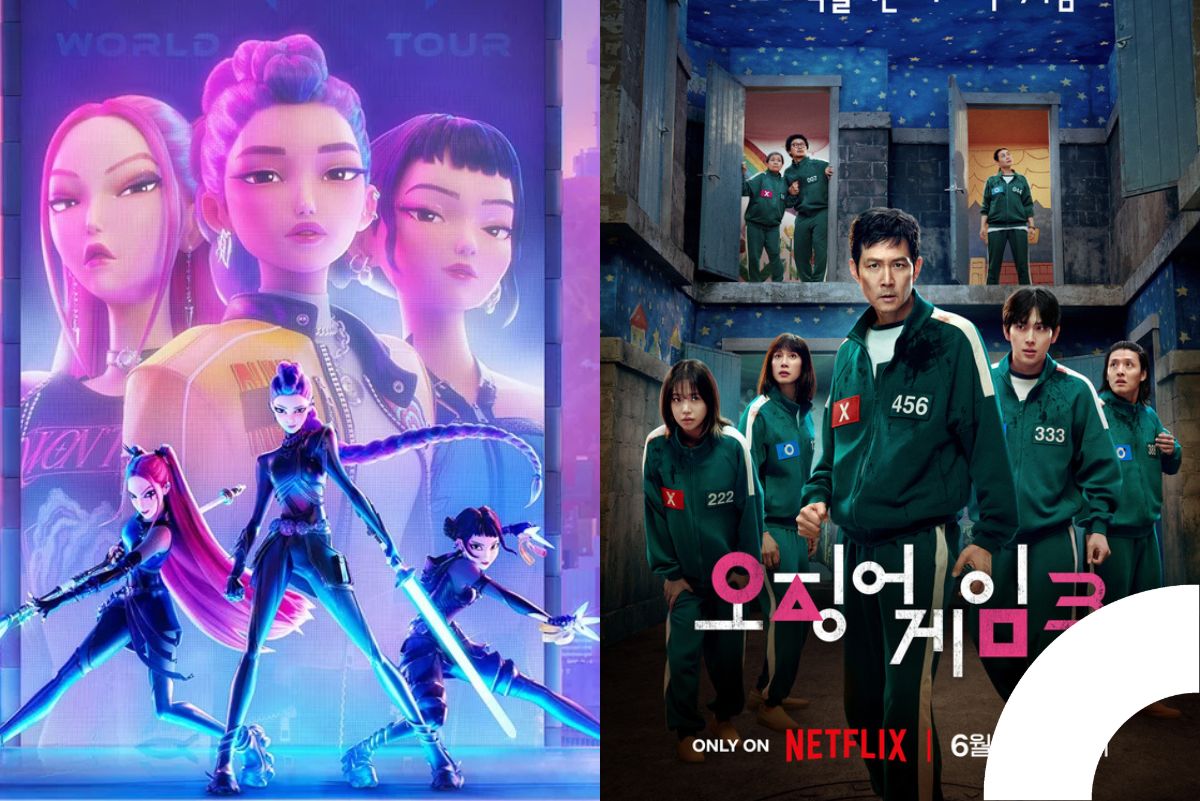
Two wildly different Korean productions—Netflix’s Squid Game Season 3 and the animated hit K-Pop: Demon Hunters (KPDH) —are captivating audiences worldwide. While one is a dystopian thriller and the other a fantasy animation about K-pop idols fighting demons, both works strike a chord through sharp commentary on societal systems, digital culture, and the unique emotional resonance of Korean storytelling.
Systems, Society, and the Dark Side of Capitalism
Both shows dissect the duality of systems and the contradictions hidden beneath surface-level freedom and order. In Squid Game, participants are granted a democratic “choice” to compete for survival—yet the system remains brutally exploitative. In KPDH, the idol group Huntrix represents hope and unity, while their rival group, Saja Boys, is a metaphor for blind fandom and the toxic underbelly of the entertainment industry.
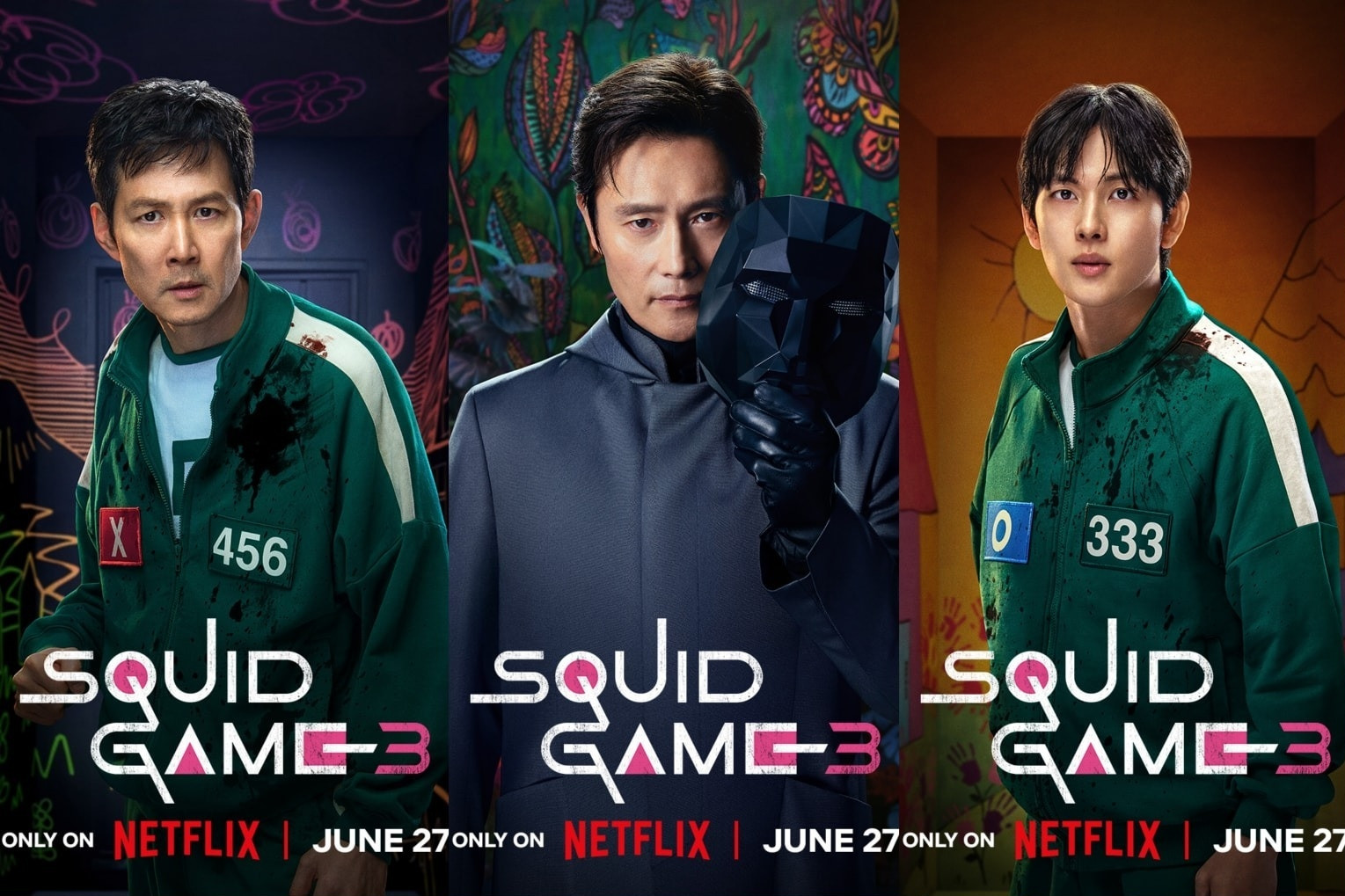
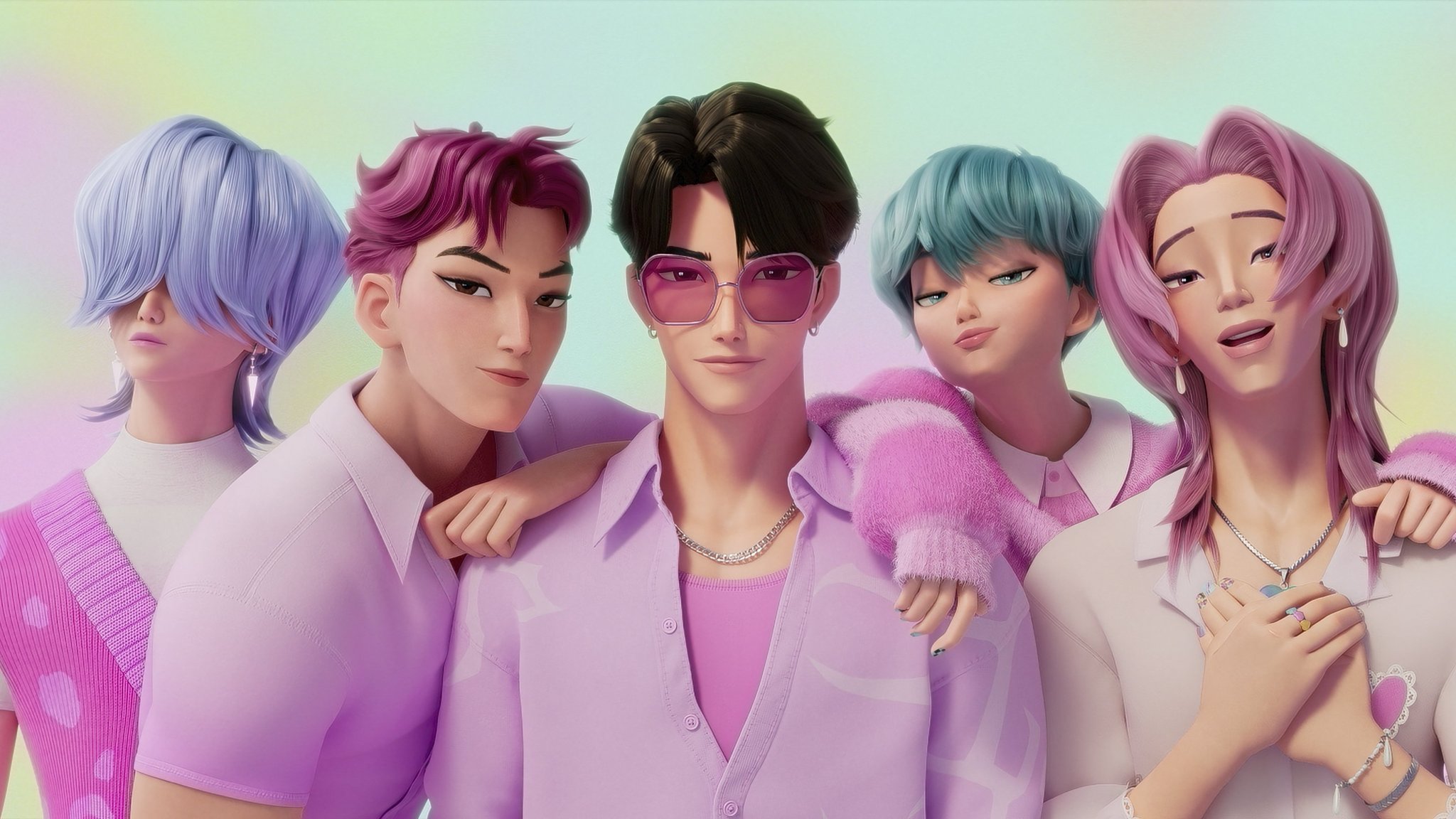
These stories critique the capitalist meritocracy, where dreams and youth are commodified. They reflect characters’ lonely struggles and the human need for solidarity, exposing the darker corners of modern society.
Korean Culture with Global Appeal
Both works brilliantly use distinctly Korean elements to reach a global audience. Squid Game reimagines traditional childhood games like ttakji and gonggi into chilling challenges, while KPDH fuses K-pop aesthetics with Korean folk art, hanbok-inspired fashion, and shamanistic mythology.

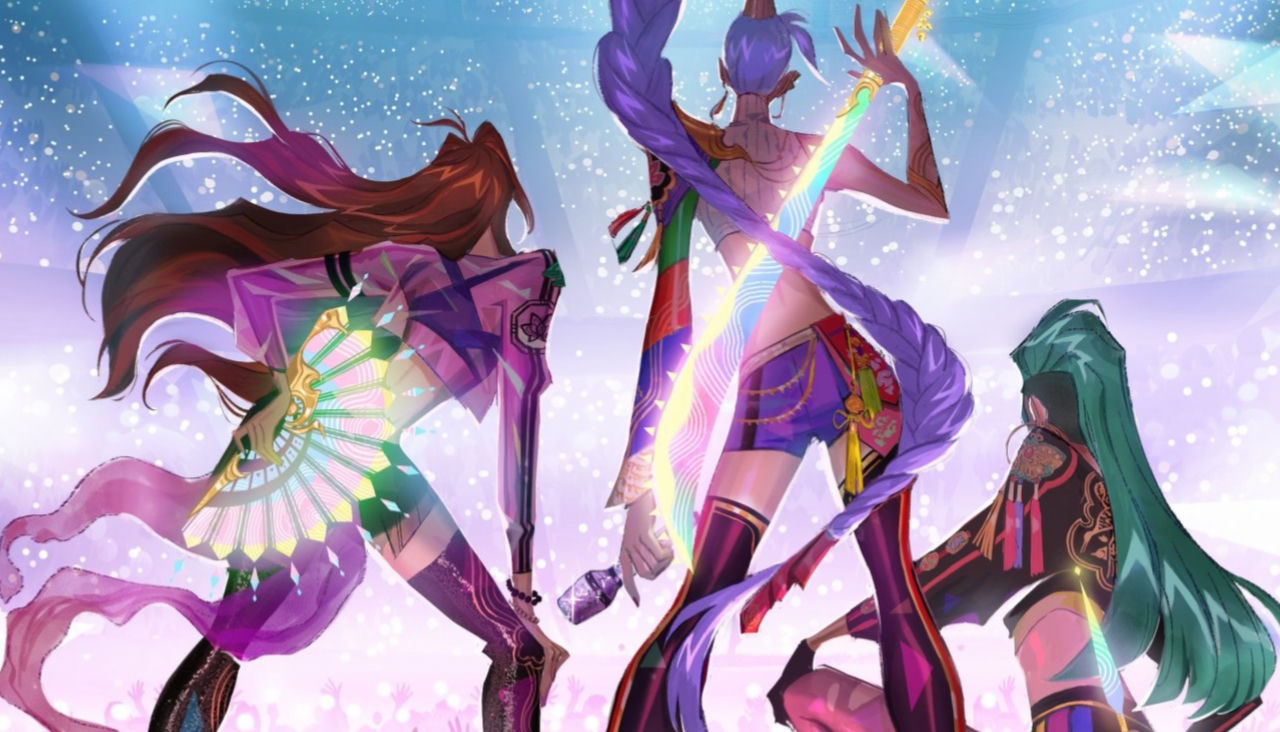
Characters like the lovable tiger Duffy and Magpie from KPDH have become viral mascots, boosting sales of related merchandise and drawing hundreds of thousands of visitors to museum gift shops. Fans are even coining new terms like “K-shamanism” to describe this cultural fusion.
Youth Identity, Fandom Culture, and Digital Anxiety
KPDH dives deep into modern youth struggles—from digital identity fragmentation to the double-edged sword of K-pop fandom. Idols are depicted not just as celebrities but as emotional anchors. However, the story also warns against toxic idol worship, obsessive metrics, and online hate that can harm both fans and artists.
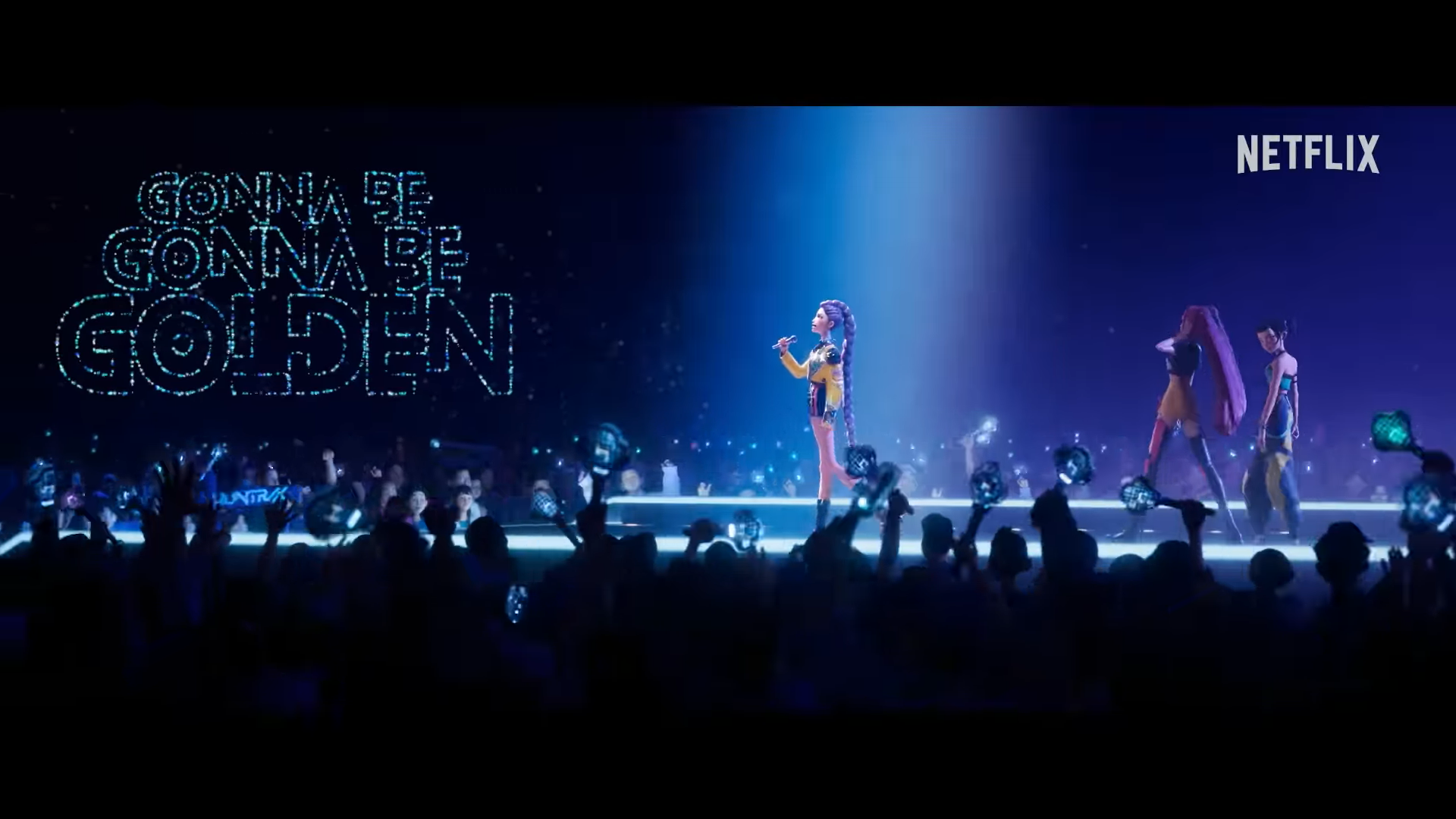
While Squid Game portrays isolated, distrustful male characters, KPDH offers a more hopeful message with resilient, cooperative female leads who overcome trauma through teamwork. This gender contrast reflects broader social changes and rising conversations around trust, masculinity, and emotional healing.
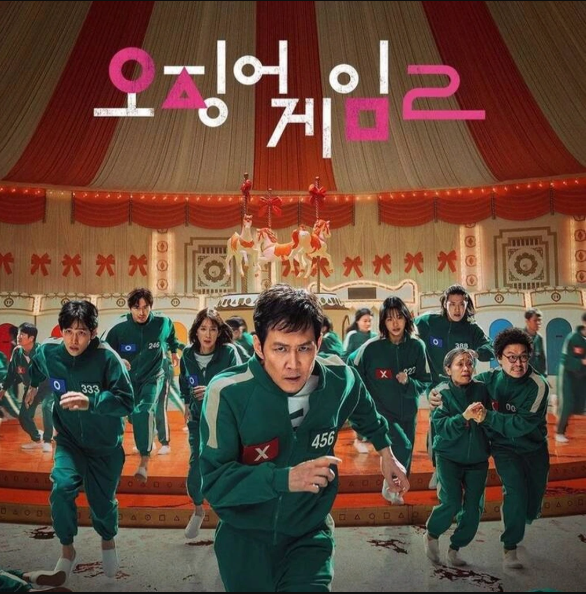
Symbols, Democracy, and Anti-Authoritarian Humor
The cultural symbolism in KPDH is both subtle and profound. While Saja Boys are linked with the Western image of the lion—representing dominance and power—Huntrix’s leader Rumi embraces a folk-art tiger, symbolizing Korea’s blend of reverence and humor toward authority. This mirrors the anti-authoritarian sensibilities embedded in Korea’s democratic evolution.
A small visual cue in KPDH, where a tiger rights a fallen flowerpot, evokes a famous real-life moment during Korea’s democratic transition—suggesting how even fantasy can reflect historical memory.
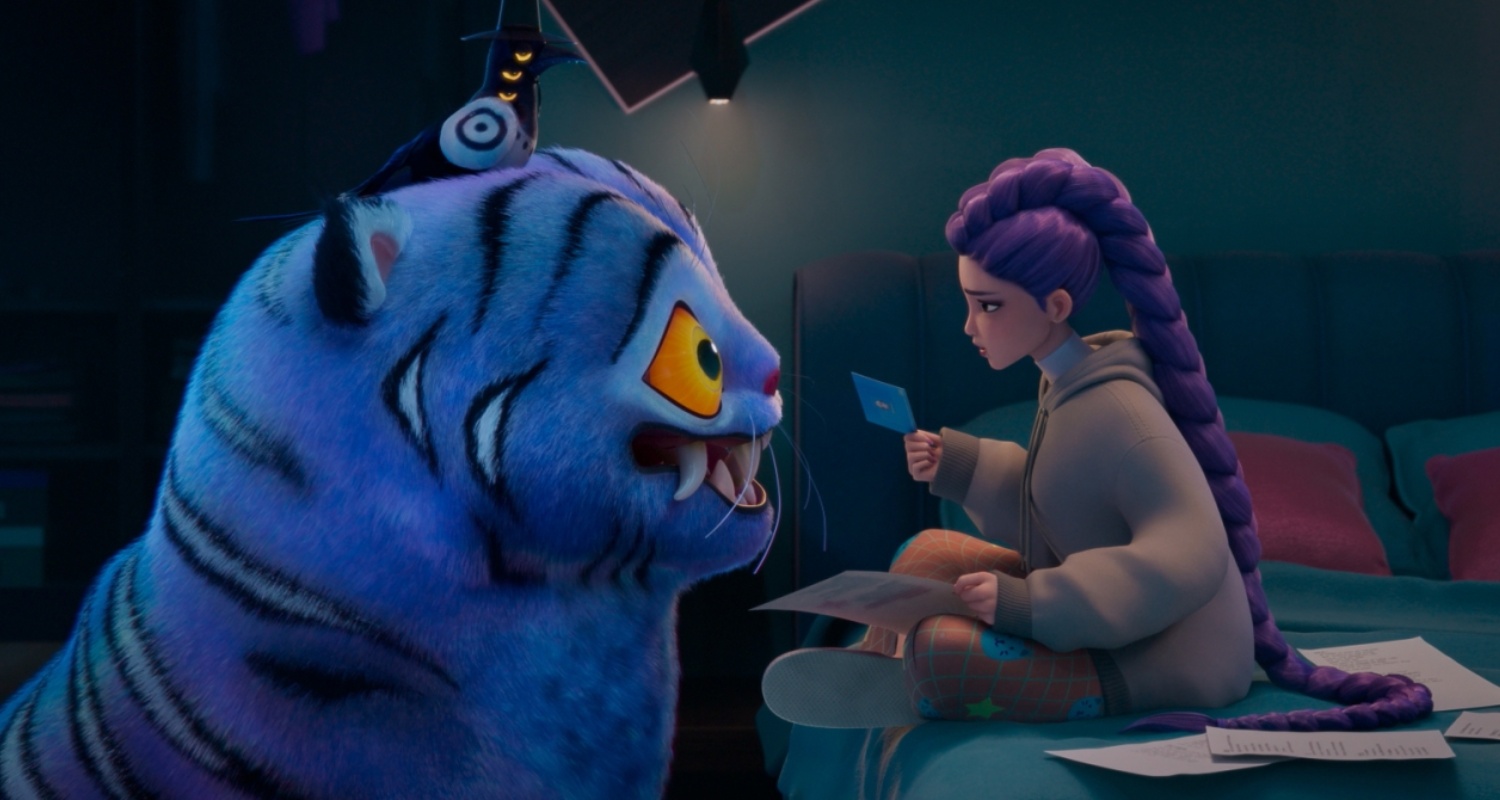
Whether through satire, horror, or animation, KPDH and Squid Game 3 highlight the global power of K-content. They prove that authentic Korean culture, when mixed with universal themes like anxiety, competition, and belonging, can resonate deeply with audiences around the world.
Directed by Korean-Canadian filmmaker Maggie Kang, KPDH also stands as a landmark in multicultural storytelling—merging global production with Korean cultural roots.
These two works are more than entertainment; they’re case studies in how uniquely Korean stories can become universal hits. As K-content continues to evolve, the world watches not just for trends—but for truth.




